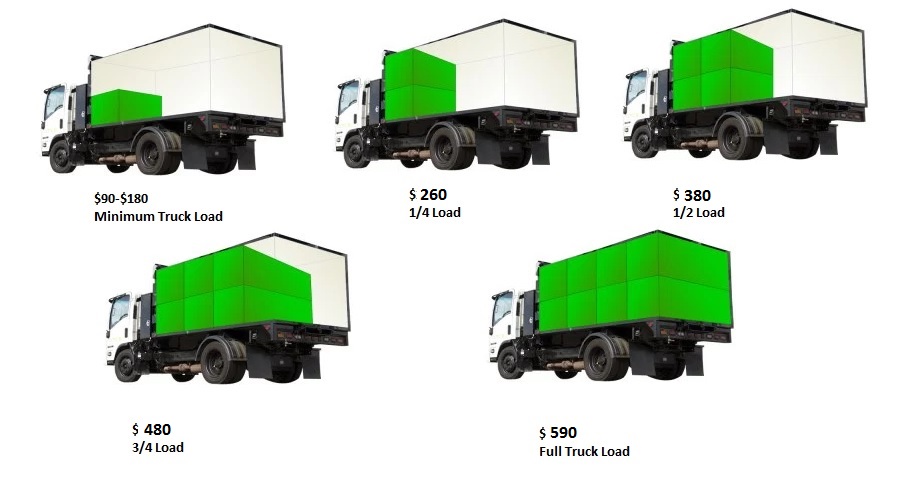The Ultimate Guide To Picking The Appropriate Dumpster Dimension For Your Project
The Ultimate Guide To Picking The Appropriate Dumpster Dimension For Your Project
Blog Article
Write-Up Composed By-Galloway Davies
When starting a job that calls for a dumpster, the dimension you pick can substantially affect its effectiveness and cost-effectiveness. Visualize having the ideal container that fits all your waste without being exceedingly huge or also little. It all starts with understanding the subtleties of your project and picking a dumpster dimension that straightens with your particular needs. So, before you decide, take into consideration the variables at play to make sure a smooth waste administration procedure from start to finish.
Factors to Take into consideration
When deciding on the ideal dumpster size, there are numerous vital factors to take into consideration.
First, think about the sort of waste you'll be getting rid of. Different materials may require varying quantities of space, so comprehending what you'll be putting in the dumpster is critical.
Next off, evaluate the quantity of waste you anticipate to generate. If you take too lightly the quantity, you may require to make multiple trips to take care of every little thing, which can be troublesome and costly. On the other hand, renting out a dumpster that's as well large can bring about unneeded costs.
Additionally, consider the room where the dumpster will certainly be put. Make sure there's enough room for the dumpster to be supplied and grabbed with no blockages.
Finally, think of any kind of weight constraints that may apply. Surpassing the weight limit can result in added costs and even the refusal of service.
Dumpster Size Choices
For selecting the right dumpster size, it's vital to have a mutual understanding of the offered options. Dumpster sizes generally vary from 10 to 40 cubic yards, with variants in between.
A 10-yard dumpster is suitable for small projects like a garage cleanout or a tiny renovation. If you're dealing with a medium-sized job such as a kitchen remodel or a basement cleanout, a 20-yard dumpster may be the appropriate option.
For larger jobs like a whole-house remodelling or business construction, a 30 or 40-yard dumpster could be better to suit the quantity of waste generated.
When deciding on a dumpster size, consider the quantity and type of particles you anticipate to take care of. It's far better to select a somewhat bigger dimension if you're not sure to avoid overfilling. Remember, it's more cost-effective to rent out a dumpster that fits your requirements instead of having to buy an added one.
Matching Dimension to Job
Optimally matching the dumpster dimension to your project is essential for efficient waste administration. To determine the best dimension, consider the extent and nature of your task.
For dumpsters rentals near me or restorations, a 10-yard dumpster might be enough. These are commonly 12 feet long and can hold about 4 pickup lots of waste.
For mouse click the up coming website page like remodeling multiple areas or clearing out a big estate, a 20-yard dumpster may be better. These are around 22 feet long and can hold roughly 8 pickup lots.
If you're tackling a significant building project or industrial restoration, a 30-yard dumpster could be the most effective fit. These dumpsters are about 22 feet long and can fit about 12 pickup loads of particles.
Matching the dumpster dimension to your job guarantees you have sufficient space for all waste materials without overpaying for unused ability.
Final thought
To conclude, choosing the appropriate dumpster size for your job is critical for reliable waste disposal. By thinking about elements like the type and amount of waste, space schedule, weight constraints, and budget plan restrictions, you can ensure you have the appropriate dimension dumpster for your needs. See to it to match the dimension of the dumpster to the scope and nature of your job to avoid overspending on unnecessary expenditures.
